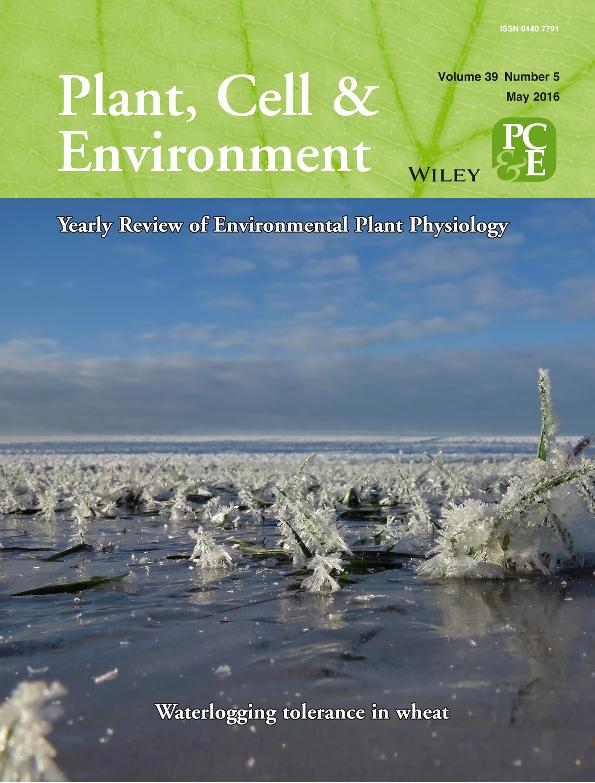Artículo
Mechanisms of waterlogging tolerance in wheat - a review of root and shoot physiology
Fecha de publicación:
05/2016
Editorial:
Wiley
Revista:
Plant, Cell And Environment
ISSN:
0140-7791
Idioma:
Inglés
Tipo de recurso:
Artículo publicado
Clasificación temática:
Resumen
We review the detrimental effects of waterlogging on physiology, growth and yield of wheat. We highlight traits contributing to waterlogging tolerance and genetic diversity in wheat. Death of seminal roots and restriction of adventitious root length due to O2 deficiency result in low root:shoot ratio. Genotypes differ in seminal root anoxia tolerance, but mechanisms remain to be established; ethanol production rates do not explain anoxia tolerance. Root tip survival is short-term, and thereafter, seminal root re-growth upon re-aeration is limited. Genotypes differ in adventitious root numbers and in aerenchyma formation within these roots, resulting in varying waterlogging tolerances. Root extension is restricted by capacity for internal O2 movement to the apex. Sub-optimal O2 restricts root N uptake and translocation to the shoots, with N deficiency causing reduced shoot growth and grain yield. Although photosynthesis declines, sugars typically accumulate in shoots of waterlogged plants. Mn or Fe toxicity might occur in shoots of wheat on strongly acidic soils, but probably not more widely. Future breeding for waterlogging tolerance should focus on root internal aeration and better N-use efficiency; exploiting the genetic diversity in wheat for these and other traits should enable improvement of waterlogging tolerance.
Archivos asociados
Licencia
Identificadores
Colecciones
Articulos(IFEVA)
Articulos de INST.D/INV.FISIOLOGICAS Y ECO.VINCULADAS A L/AGRIC
Articulos de INST.D/INV.FISIOLOGICAS Y ECO.VINCULADAS A L/AGRIC
Citación
Herzog, Max; Striker, Gustavo Gabriel; Colmer, Timothy D.; Pedersen, Ole; Mechanisms of waterlogging tolerance in wheat - a review of root and shoot physiology; Wiley; Plant, Cell And Environment; 39; 5; 5-2016; 1068-1086
Compartir
Altmétricas




